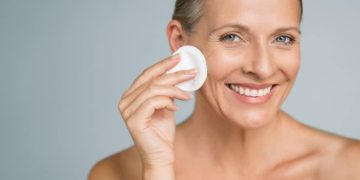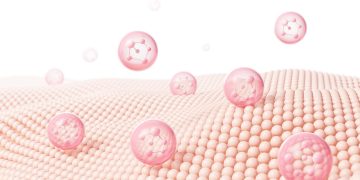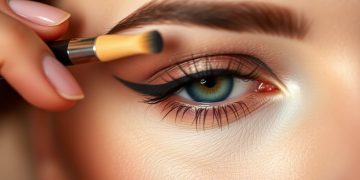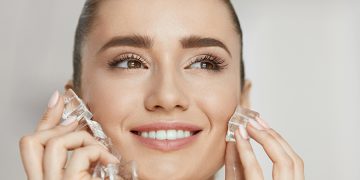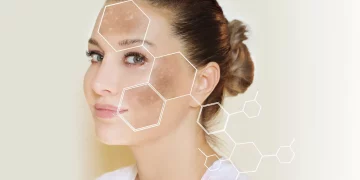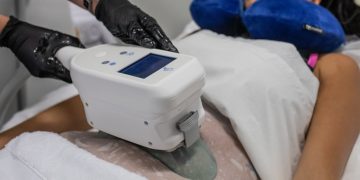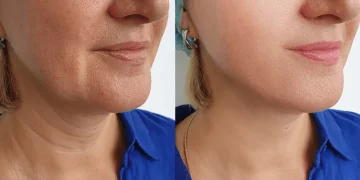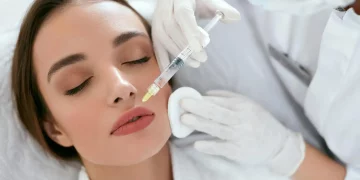Photorejuvenation, often referred to as Intense Pulsed Light (IPL) therapy, is a non-invasive cosmetic procedure that uses light energy to treat various skin issues. It is commonly used to improve skin texture, tone, and overall quality, making it one of the most popular treatments in the world of medical aesthetics. Whether you’re concerned about sunspots, age spots, rosacea, uneven skin tone, or fine lines, IPL therapy can offer noticeable improvements.
In this article, we’ll explain the science behind photorejuvenation, its benefits for skin quality, the procedure process, and whether it’s painful.
What is Photorejuvenation (IPL)?
Photorejuvenation involves the use of Intense Pulsed Light (IPL) technology, which is a broad-spectrum light that targets various layers of the skin. IPL is not the same as laser therapy; instead of a single wavelength of light, IPL uses multiple wavelengths to treat different skin concerns at once.
How Does IPL Work?
During the procedure, a device emits pulses of light that penetrate the skin and are absorbed by specific target areas. The light energy is absorbed by pigmentation (like sunspots or melasma), blood vessels (like those seen in rosacea or broken capillaries), or collagen-producing cells in the dermis.
- Pigment: The light energy is absorbed by areas with pigment, such as age spots or freckles, causing them to break down and fade over time.
- Vascular: For conditions like rosacea or spider veins, the light energy targets blood vessels, causing them to constrict and reduce redness.
- Collagen Stimulation: IPL also stimulates fibroblasts, the cells responsible for producing collagen and elastin, improving skin texture and elasticity.
How Does Photorejuvenation Improve Skin Quality?
1. Even Skin Tone
One of the main benefits of IPL is its ability to even out skin tone. Sunspots, age spots, and other pigmentation irregularities can make the skin look uneven and dull. IPL helps break down melanin deposits in the skin, leading to a clearer complexion with more even pigmentation. Over a series of treatments, dark spots fade, and the skin appears brighter.
2. Reduces Redness and Vascular Issues
IPL is particularly effective for conditions like rosacea, spider veins, and broken capillaries, which cause persistent redness on the skin. The light targets and constricts dilated blood vessels, helping to reduce redness and give the skin a more even, healthy appearance.
For people with rosacea, IPL can be a game-changer as it reduces the visibility of capillaries, helping to calm the inflammation and make the skin look more uniform.
3. Improves Skin Texture
As IPL stimulates collagen production, it enhances the skin’s elasticity and firmness over time. Collagen is the protein that provides structure to the skin, and as we age, our collagen production decreases, leading to sagging, wrinkles, and a loss of volume.
By promoting collagen synthesis, IPL therapy gradually improves the texture and tightness of the skin. Fine lines become less noticeable, and the skin feels smoother and plumper.
4. Minimizes Pore Size
IPL can help shrink enlarged pores, which is beneficial for those with oily skin or acne-prone skin. By stimulating collagen and elastin production, IPL helps to tighten the skin, leading to a smoother surface and less noticeable pores.
5. Reduces Fine Lines and Wrinkles
Though IPL is not primarily a wrinkle treatment, by stimulating collagen production, it can help reduce the appearance of fine lines, particularly those caused by sun damage or aging. The treatment’s collagen-boosting effects can lead to a more youthful appearance, improving skin elasticity and overall radiance.
The Photorejuvenation Treatment Process
Step-by-Step Procedure
- Consultation: A thorough consultation with a licensed dermatologist or aesthetic practitioner is essential. They will assess your skin condition and discuss your concerns, expectations, and goals to determine whether IPL is the right treatment for you.
- Preparation: Before the treatment, your skin will be cleansed to remove any makeup or impurities. A cooling gel may be applied to the skin to help protect it and enhance the effects of the light.
- The IPL Treatment: The practitioner uses a handpiece that delivers pulses of light onto the skin’s surface. The device is moved over the treatment area, and each pulse of light will be felt as a mild snap or warmth. The entire procedure typically takes 20 to 30 minutes, depending on the size of the area being treated.
- Post-Treatment Care: After the procedure, any remaining gel is removed, and a soothing lotion or sunscreen is applied to protect the skin. It is advised to avoid sun exposure and wear SPF 30 or higher to prevent any adverse reactions to sunlight.
Number of Sessions Needed
Typically, 3 to 6 treatments spaced 2 to 4 weeks apart are recommended for optimal results, depending on the skin condition and the area being treated. Some people may start seeing improvements after just one session, but multiple treatments allow the skin to regenerate more effectively.
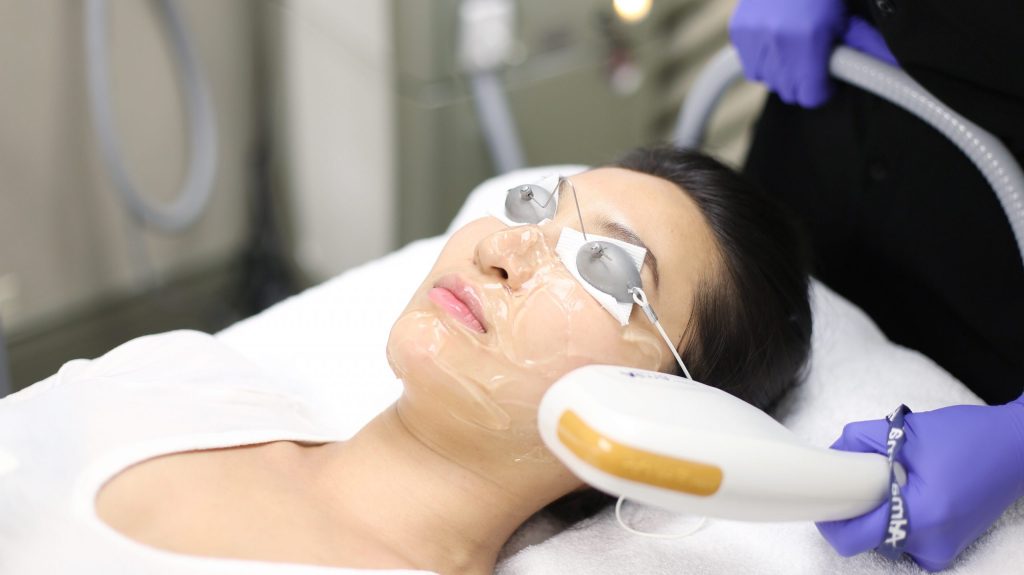
Is the Photorejuvenation Treatment Painful?
One of the reasons IPL has become so popular is because it is a non-invasive procedure with relatively minimal discomfort compared to other treatments like laser resurfacing or chemical peels. However, it’s important to note that the level of pain or discomfort varies from person to person.
Sensation During Treatment:
- Mild Sensation: During the treatment, most patients describe the sensation as a slight snapping or stinging feeling, similar to the sensation of a rubber band flicking against the skin.
- Heat Sensation: There is also a mild warmth that some people may feel during the treatment, but it is generally not painful.
- Cooling Sensation: Some IPL machines are equipped with a cooling feature to minimize discomfort. Additionally, the use of a cooling gel before treatment can help make the procedure more comfortable.
Pain Management:
- Topical Numbing Cream: For those who are more sensitive to pain, a topical numbing cream can be applied to the treatment area before the procedure to minimize any discomfort.
- Pain is Minimal: In general, patients find the treatment tolerable, with discomfort typically subsiding shortly after the procedure.
Post-Treatment Discomfort:
- Mild Redness and Sensitivity: After the procedure, you may experience mild redness, similar to the feeling of a mild sunburn. This usually fades within a few hours to a day.
- No Downtime: Since IPL does not require any significant recovery time, you can typically return to your normal routine immediately after the treatment.
Potential Side Effects of Photorejuvenation (IPL)
Like all cosmetic treatments, photorejuvenation comes with some potential risks and side effects. These are typically mild and temporary, but it’s important to be aware of them before undergoing treatment.
Common Side Effects:
- Redness and Swelling: Mild redness and swelling in the treated area are common after an IPL session. This typically resolves within a few hours to a day.
- Slight Bruising: In some cases, you may experience minor bruising, especially if the skin is sensitive or if the treatment was applied to areas with thin skin.
- Dryness or Flaking: In rare cases, patients may experience some dryness or flakiness in the treated area as the skin renews itself.
Rare Side Effects:
- Hyperpigmentation or Hypopigmentation: Though uncommon, some individuals may develop darker or lighter skin spots after IPL treatment, especially those with darker skin tones. This is why it’s essential to follow aftercare instructions and avoid sun exposure.
- Blistering or Scarring: If the procedure is not done correctly, there’s a small risk of blistering, scarring, or changes in skin texture. However, these complications are rare when the treatment is administered by a skilled professional.
Conclusion
Photorejuvenation (IPL) is an effective, non-invasive treatment that can help improve skin texture, tone, and overall quality. By targeting various skin issues such as pigmentation, redness, and fine lines, IPL offers a comprehensive solution for individuals looking to rejuvenate their skin without undergoing surgery. The treatment process is relatively quick, minimally painful, and requires little to no downtime, making it an attractive option for those with busy schedules.
While there are some potential side effects, they are usually mild and temporary. By choosing a licensed and experienced practitioner, you can ensure a safe and successful treatment experience. If you’re looking to improve the appearance of sunspots, uneven skin tone, or fine lines, photorejuvenation might be the ideal treatment for you.



